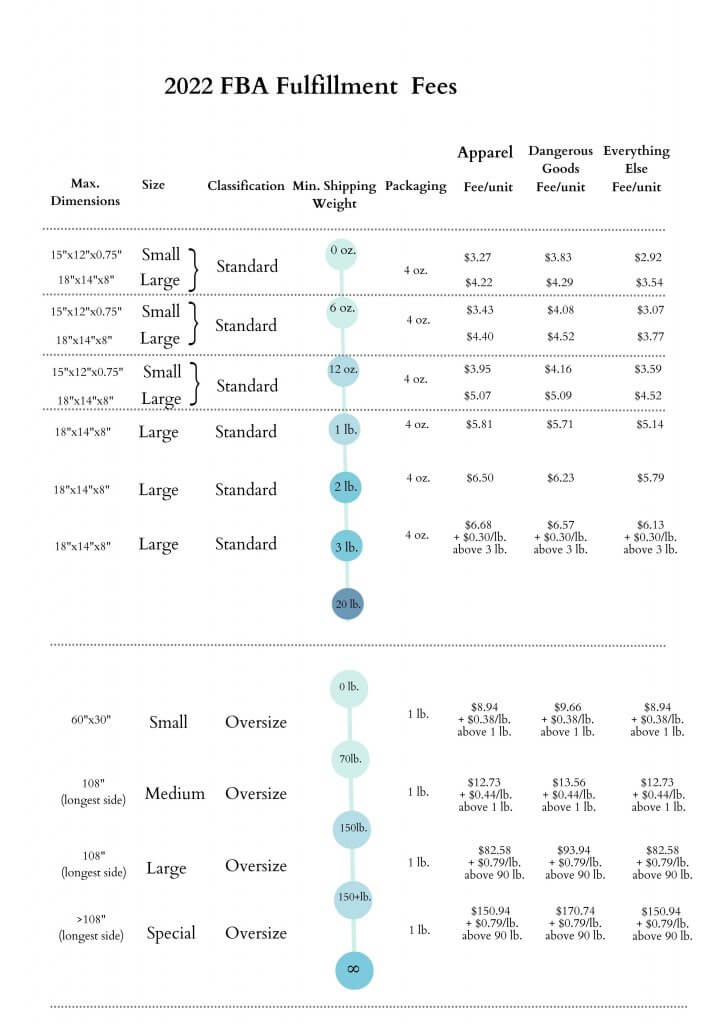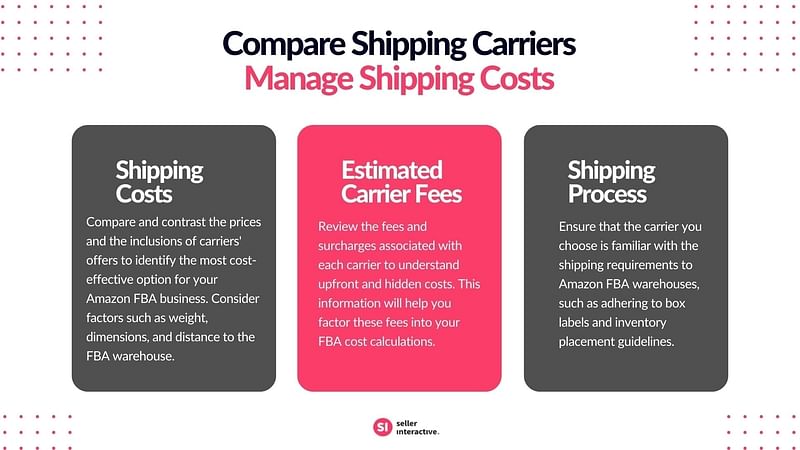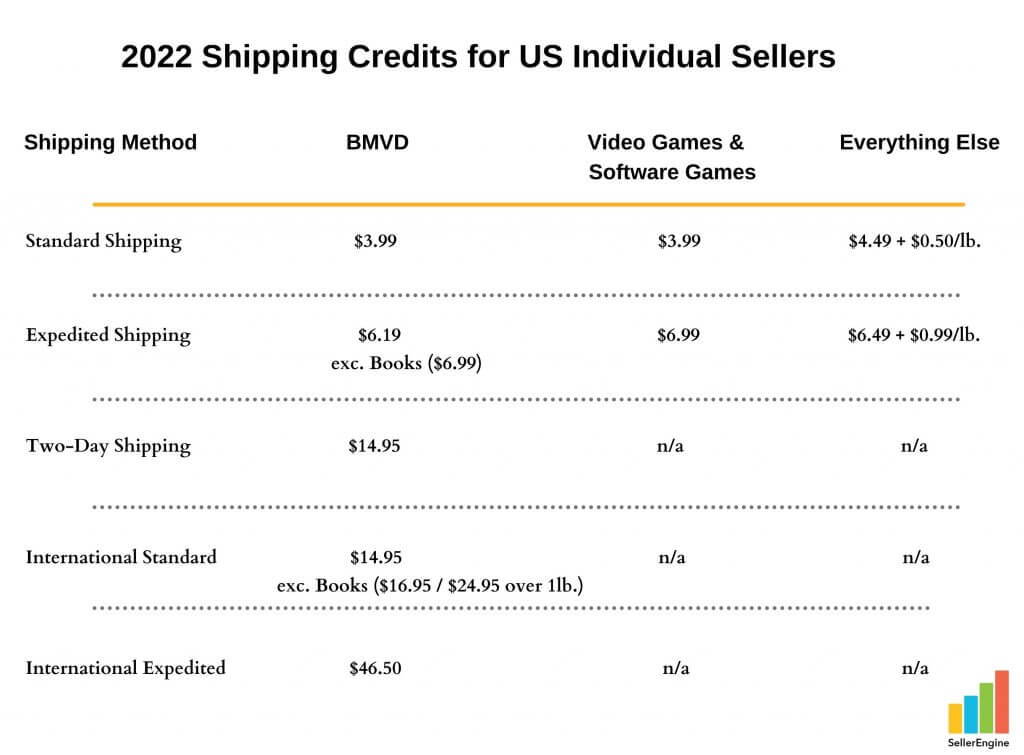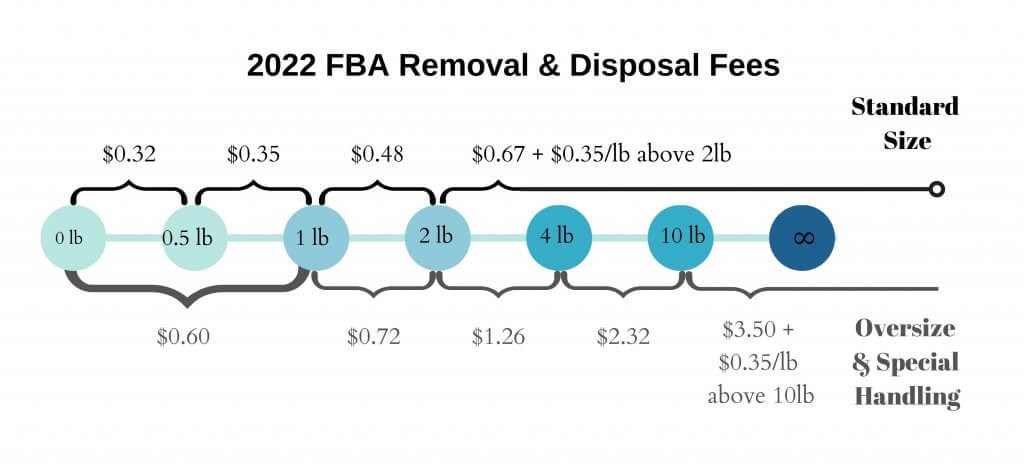Uncover the secret to slashing FBA costs and maximizing profits with insider tips on navigating Amazon’s ever-changing fee structure.
Table of Contents
Introduction to Amazon FBA
Have you ever wondered how people sell things online so easily? Well, today we’re going to talk about Amazon FBA, which stands for Fulfillment by Amazon. Let’s dive in and discover what Amazon FBA is all about!
Amazon FBA is a service provided by Amazon that helps people sell their products online without worrying about storing, packing, and shipping them. It’s like having your own personal assistant handling all the hard work for you!
When you use Amazon FBA, you can send your items to Amazon’s warehouse, and they take care of storing them until someone buys them. Once a customer makes a purchase, Amazon also handles packing the item and shipping it out, making the entire process smooth and hassle-free.
So, in simple terms, Amazon FBA is a fantastic tool that allows you to focus on growing your business while Amazon takes care of the logistics. Now that you have a basic idea of what Amazon FBA is, let’s explore more about how it works and how it can benefit your online business.
How Amazon FBA Works
This part will describe what happens when you use Amazon FBA for your business.
From Your House to Amazon’s Warehouse
When you sell things on Amazon using the FBA program, you start by sending your items from your house or wherever you store them to Amazon’s warehouse. This is where Amazon stores all the products from different sellers. Once Amazon receives your items, they take care of storing them, packing them up, and shipping them out to customers when someone buys them.
What Amazon Does for Sellers
Amazon does a lot to help people who sell on their platform through FBA. They handle storing your products, packing them up, and taking care of shipping them to buyers. This means you don’t have to worry about dealing with packaging and shipping every time someone makes a purchase. Amazon’s efficient system helps you focus on other aspects of your business while they take care of the logistics.
Understanding Amazon FBA Fees
When you decide to sell your products using Amazon FBA, it’s essential to understand the different fees you may encounter. Let’s break down the costs associated with using Amazon’s FBA service so you can make informed decisions about your business.

Image courtesy of sellerengine.com via Google Images
Types of FBA Fees
Amazon FBA fees can be divided into several categories. The first kind of fee you may come across is the fulfillment fee. This fee covers the cost of storing your products in Amazon’s warehouses, picking and packing them when orders are placed, shipping them to customers, and providing customer service. Another type of fee is the storage fee, which is based on the amount of space your products take up in Amazon’s fulfillment centers. Additionally, there are referral fees, which are a percentage of the total price of the product that Amazon takes as its commission for facilitating the sale.
Why You Pay These Fees
It’s important to remember that by paying these fees, you are essentially outsourcing many aspects of the selling process to Amazon. This means you don’t have to worry about storage, packing, shipping, or customer service – Amazon takes care of all of that for you. The convenience and reach of Amazon’s platform come at a cost, but for many sellers, the benefits outweigh the fees.
Using the Amazon FBA Calculator
The Amazon FBA calculator is a handy tool that helps sellers like you understand the fees associated with using Amazon’s FBA service. It helps you calculate the costs involved in selling your items on Amazon, giving you a clear picture of how much you can expect to pay in fees.
How to Use the Calculator
Using the Amazon FBA calculator is easy and straightforward. All you need to do is enter some basic information about the item you want to sell, such as its size, weight, selling price, and the category it belongs to. The calculator will then provide you with an estimate of the fees you can expect to pay when selling that item on Amazon.
By using the calculator, you can make informed decisions about which products to sell on Amazon and how to price them in order to maximize your profits. It’s a valuable tool that can help you understand the costs involved in using Amazon FBA and optimize your selling strategy accordingly.
Tips to Reduce FBA Fees
One way to cut FBA costs is by selecting the right products to sell on Amazon. Some items may have lower fees associated with them, making them more profitable choices for your business. By understanding the fee structure for different types of products, you can make strategic decisions on what to list on the platform.

Image courtesy of sellerinteractive.com via Google Images
Managing Your Inventory Smartly
Another smart strategy to reduce FBA fees is by managing your inventory efficiently. By optimizing your stock levels and avoiding excess inventory storage fees, you can save money in the long run. Keeping track of your sales data and adjusting your inventory levels accordingly can help you minimize unnecessary costs associated with storing excess products.
Maximizing Profits with Amazon FBA
One key to making more money with Amazon FBA is pricing your products correctly. You need to consider the cost of the item, Amazon fees, shipping expenses, and still make a profit. Research similar products to see how they are priced and adjust accordingly. Remember, pricing too high might deter customers, while pricing too low could eat into your profits.
Finding the Best Balance
Another crucial aspect of maximizing profits is finding the right balance in your inventory. Having too much stock tied up in items that don’t sell quickly can lead to increased storage fees. On the other hand, not having enough stock means missed sales opportunities. Conduct regular inventory checks to ensure you have enough stock to meet demand without overstocking.
| Reasons for FBA Costs | Fees Insight |
|---|---|
| Storage fees | Monitor inventory levels and remove slow-moving products |
| Referral fees | Use data analysis tools to optimize pricing and increase sales |
| Long-term storage fees | Consider offering discounts to move old inventory faster |
| Shipping fees | Negotiate rates with carriers or consider using Amazon’s discounted shipping services |
Spotting Hidden Costs
Some costs aren’t that obvious when you’re selling items on Amazon with FBA. Let’s dig into these hidden fees so you can be prepared for them.

Image courtesy of sellerengine.com via Google Images
Unexpected FBA Fees
When using Amazon’s FBA service, there are fees that might catch you by surprise. For example, there are long-term storage fees for items that don’t sell quickly. These can add up if you’re not careful with your inventory. Additionally, there are fulfillment fees that vary based on the size and weight of your products. It’s essential to be aware of these charges to estimate your overall costs accurately.
How to Avoid Surprises
To prevent unexpected costs, it’s crucial to stay vigilant and proactive. Keep track of your inventory levels to avoid accumulating unnecessary storage fees. Regularly review your pricing strategy to ensure it aligns with your profit goals after factoring in all fees. Utilize tools like the Amazon FBA calculator to forecast expenses accurately before listing your products. By staying informed and regularly assessing your business’s financial health, you can proactively address and mitigate hidden costs.
Real Stories from Amazon Sellers
Jane started her Amazon FBA business last year. She was a bit nervous at first but decided to give it a try. Jane carefully researched the products she wanted to sell and found a niche market with high demand. She sent her items to Amazon’s warehouse and let them take care of the shipping and customer service. As a result, Jane was able to focus on growing her business and expanding her product line.
Story 2: Mark’s Cost-Cutting Strategy
Mark has been selling on Amazon for a few years now. He quickly realized that understanding Amazon FBA fees was crucial to his success. Using the Amazon FBA calculator, Mark was able to analyze his costs and find ways to reduce them. By picking the right products to sell and managing his inventory effectively, Mark was able to cut down on unnecessary expenses and maximize his profits.
Story 3: Sarah’s Hidden Costs Discovery
Sarah thought she had a good handle on her Amazon FBA fees until she discovered some hidden costs. She noticed that certain items attracted higher fees, affecting her overall profit margin. Sarah learned from this experience and now carefully examines all potential charges to avoid surprises. By staying vigilant and proactive, Sarah ensures that her business remains profitable.
Frequently Asked Questions
Calculating FBA fees doesn’t have to be tricky. The easiest way is to use an Amazon FBA calculator. It’s a handy tool that helps you figure out how much it will cost to use Amazon’s services. All you need to do is enter the details of your product, like its size and weight, and the calculator will do the math for you. It’s a quick and simple way to get a clear picture of the fees you’ll be facing.

Image courtesy of sellerengine.com via Google Images
Can you sell on Amazon without using FBA?
Absolutely, you can sell on Amazon without using FBA. When you sell without FBA, it means you’re responsible for storing, packaging, and shipping your products to customers yourself. This method is called Fulfillment by Merchant (FBM). While using FBA can make things easier in terms of logistics, selling without it is still a viable option for many sellers. It all depends on your business needs and how you prefer to handle your operations.
Conclusion
In conclusion, we’ve delved into the world of Amazon FBA fees and how to manage them efficiently. By understanding the different costs associated with using Amazon’s FBA service, sellers can make informed decisions that can help maximize profits.
Throughout this blog post, we discussed the various types of FBA fees that Amazon charges and why they are necessary for the services provided. By utilizing tools like the Amazon FBA calculator, sellers can have a clearer picture of their expenses and better plan their pricing strategies.
Key Takeaways
One key takeaway is the importance of picking the right products to sell on Amazon. By selecting items that have lower fees associated with them, sellers can cut costs and boost their profits. Additionally, managing inventory smartly can help prevent unnecessary fees and reduce overall expenses.
Another crucial takeaway is the need to spot hidden costs that may arise when using Amazon FBA. By being vigilant and proactive in monitoring fees, sellers can avoid surprises and better manage their financials.
Empowering Sellers
By providing insights and tips on how to reduce FBA costs, this blog post aims to empower Amazon sellers to make informed decisions that can lead to greater success. Understanding fees, using tools like the FBA calculator, and implementing smart inventory management practices are all key components of a successful FBA business.
Ultimately, by leveraging the knowledge gained from this article, sellers can navigate the world of Amazon FBA fees with confidence and take steps towards maximizing their profits.
